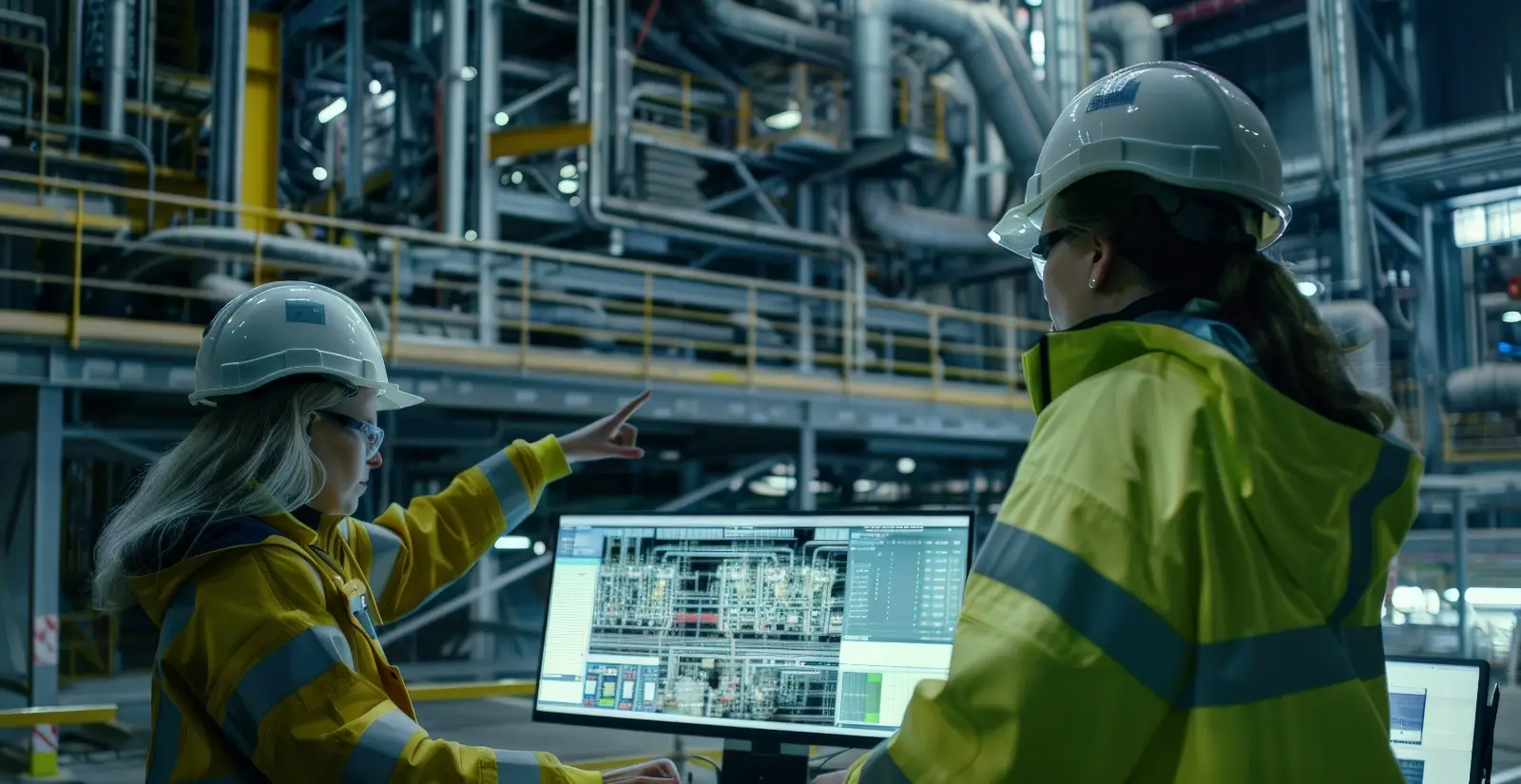In the complex world of modern construction, MEP engineering firms serve as the invisible force driving building performance, sustainability, and user comfort. MEP—standing for Mechanical, Electrical, and Plumbing—systems form the backbone of any functional structure, from high-rises and hospitals to data centers and commercial hubs. But not all firms are created equal. What exactly sets the leading MEP engineering firms apart in today’s rapidly evolving built environment?
The Strategic Role of MEP Engineering Firms Today
As buildings become smarter, greener, and more responsive to human needs, MEP engineering firms are no longer just service providers—they are strategic partners. They align design intent with practical systems, optimize energy use, ensure safety and compliance, and future-proof infrastructure for decades to come. Their expertise plays a pivotal role in meeting increasing demands for operational efficiency and environmental responsibility.
Core Characteristics of Leading MEP Engineering Firms
Technical Depth Meets Multidisciplinary Talent
Top-tier MEP engineering firms combine deep technical knowledge with a wide range of interdisciplinary skills. Their teams often include mechanical engineers, electrical designers, sustainability consultants, and plumbing specialists who collaborate seamlessly to deliver integrated solutions.
Commitment to Quality and Compliance
Quality assurance is embedded into every project workflow. Leading firms prioritize adherence to building codes, fire safety regulations, and environmental standards, ensuring that designs are not only efficient but also legally compliant and safe.
Embracing Technology for Intelligent Building Design
Building Information Modeling (BIM) as a Standard Practice
The most advanced MEP engineering firms use BIM not just for design visualization but also for clash detection, space optimization, and lifecycle cost analysis. BIM fosters transparency and efficiency throughout the design-build process.
Integration of Smart Systems
From sensor-controlled HVAC units to energy-efficient lighting and automated fire suppression, these firms leverage smart building technologies. Integration with IoT platforms allows for real-time monitoring and predictive maintenance.
Data-Driven Decision Making
By analyzing historical performance data and energy consumption patterns, firms can design systems that not only perform optimally but also adjust to occupant behavior and changing environmental conditions.
Design Innovation with Functionality in Mind
Holistic, Collaborative Design Approaches
Rather than working in silos, top MEP engineering firms collaborate closely with architects, structural engineers, and facility managers. This leads to cohesive designs that align with both aesthetics and performance goals.
Energy Efficiency as a Design Priority
Efficient HVAC systems, intelligent lighting layouts, and optimized plumbing reduce energy consumption significantly. Forward-thinking firms design systems that meet or exceed ASHRAE and IGBC guidelines.
Sustainability as a Differentiator
Designing for LEED and Net-Zero Goals
Sustainability is non-negotiable. Elite MEP engineering firms are experienced in designing systems that meet global certifications like LEED, WELL, and IGBC. Their strategies include solar integration, greywater recycling, and thermal energy recovery.
Lifecycle Cost Optimization
Firms prioritize not just initial cost savings but long-term operational efficiency. Their approach ensures that buildings remain cost-effective, efficient, and environmentally responsible over decades.
Efficient Project Execution and Delivery
Agile Project Management
Successful delivery hinges on lean workflows, milestone tracking, and agile adaptation to site conditions. Leading firms emphasize clear communication, documented processes, and real-time reporting.
Seamless On-Site Coordination
On-site integration is where planning meets reality. The best MEP engineering firms ensure coordination between subcontractors, consultants, and vendors to avoid delays and design conflicts.
Culture of Innovation and Learning
Continuous Research and Development
Leading firms invest in R&D, experimenting with new materials like phase change panels and modular MEP skids. Their labs test innovations before field deployment, reducing risk and increasing reliability.
Upskilling and Knowledge Sharing
Top firms mentor young professionals, host in-house training programs, and engage with academic institutions. This culture of continuous learning helps keep them at the forefront of industry evolution.
Customization and Client-Centric Solutions
Sector-Specific Expertise
From healthcare to hospitality, each sector presents unique MEP challenges. Specialized MEP engineering firms tailor solutions to specific industry needs, ensuring optimal system performance.
Post-Occupancy Support and System Audits
The relationship doesn’t end after commissioning. Post-occupancy evaluations, retrofitting, and ongoing audits ensure that systems continue to perform as intended.
Global Perspective with Local Adaptability
Navigating Regional Codes and Climates
Leading firms apply global best practices while adapting to local codes, cultural norms, and climatic conditions. Their flexibility helps them succeed in diverse geographies, from humid tropics to arid zones.
Multi-Location Collaboration
With offices across countries or continents, top MEP engineering firms are adept at cross-border project execution. Shared digital platforms enable smooth coordination and standardized excellence.
Preparing for the Future of the Built Environment
Designing for Change and Scalability
Today’s buildings must accommodate future technologies like EV charging, AI-enabled automation, and dynamic occupancy. Forward-thinking firms design systems that are adaptable and scalable.
Contribution to Smart Cities and Sustainable Urbanism
Leading MEP engineering firms are actively involved in shaping smart cities through district cooling systems, centralized energy monitoring, and resilient grid strategies.
Conclusion
The best MEP engineering firms go beyond design and installation. They act as innovation partners, strategic advisors, and long-term performance enablers. In today’s complex built environment, their role is critical—not just in shaping physical infrastructure, but in driving sustainability, safety, and smarter urban development.
Choosing the right MEP partner means investing in systems that work flawlessly, adapt intelligently, and support your building’s goals for years to come.

